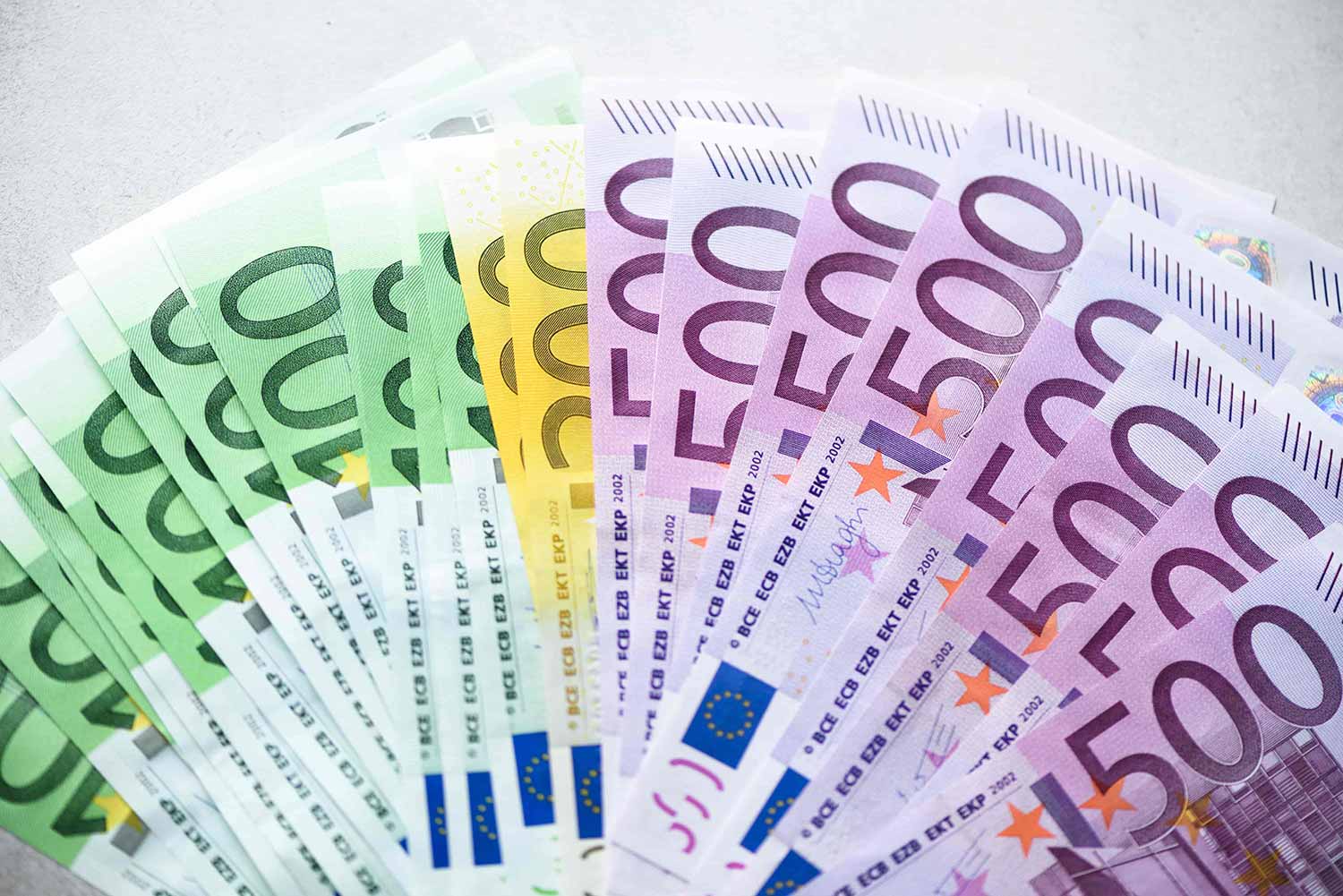In the world of currency trading, managing risk is crucial for preserving capital and achieving consistent profitability. One popular approach to hedging involves utilizing the Average True Range (ATR) indicator. By incorporating ATR into a hedge model, traders can dynamically adjust their positions based on currency pair volatility, enhancing risk management capabilities. In this article, we will explore the concept of building a hedge model for two currencies using the Average True Range.
Understanding Average True Range (ATR):
The Average True Range (ATR) is a volatility indicator that measures the range between a currency pair’s high and low prices over a specific time period. Unlike other indicators that solely focus on closing prices, ATR accounts for intraday price fluctuations. By averaging the true range values over a set number of periods, ATR provides a reliable measure of market volatility.
Figure 1: ATR of GBP/USD
Steps to Build a Hedge Model using ATR:
1. Data Collection: Gather historical price data for the two currencies you wish to hedge. Obtain the high, low, and close prices for each time period.
2. Calculate True Range (TR): Determine the true range for each period using the following formula:
– True Range = Max(High – Low, Abs(High – Previous Close), Abs(Low – Previous Close))
3. Compute Average True Range (ATR): Calculate the ATR by averaging the true range values over a specific number of periods. The choice of period depends on your trading strategy and desired level of sensitivity to volatility.
4. Determine the Hedge Ratio: The hedge ratio determines the exposure balance between the two currencies in the hedge. Calculate the ratio by dividing the ATR of one currency pair by the ATR of the other currency pair. For instance, if Currency Pair A has an ATR of 0.8 and Currency Pair B has an ATR of 1.2, the hedge ratio would be 0.8/1.2 = 0.67.
5. Monitoring and Adjustments: Continuously monitor the hedge ratio to detect any significant deviations from the desired ratio. When the hedge ratio strays from the target, it indicates an imbalance in the hedge positions. Adjust the positions by increasing exposure to one currency or decreasing exposure to the other to rebalance the hedge ratio.
Benefits of a Hedge Model using ATR:
1. Volatility-Based Positioning: ATR helps account for changes in currency pair volatility, enabling dynamic adjustments to the hedge positions. This approach allows traders to align their exposure with market conditions, reducing the impact of potential adverse price movements.
2. Risk Management: By incorporating ATR into the hedge model, traders can effectively manage risk by adapting their positions based on the current volatility levels. This flexibility enhances risk control and helps prevent excessive losses.
3. Customization and Adaptability: ATR-based hedge models can be tailored to fit individual trading styles and timeframes. Traders can adjust the number of periods considered for ATR calculation based on their desired sensitivity to volatility and trading strategy.
Relationship Characteristics of EUR USD and GBP USD
In the context of a hedge between EUR/USD and GBP/USD currency pairs, it is essential to understand the relationship characteristics between these pairs. The hedge aims to offset potential losses or volatility in one currency pair with gains or stability in another. Let’s delve into the relationship between EUR/USD and GBP/USD and how they interact within a hedge.
EUR/USD and GBP/USD are both major currency pairs widely traded in the foreign exchange market. While they are not directly correlated, there is often an indirect relationship due to certain factors influencing both pairs. Here are some key aspects to consider:
1. Economic Factors: Both EUR/USD and GBP/USD are influenced by economic factors in their respective regions. Any economic data releases, such as GDP figures, employment reports, or central bank decisions, can impact both pairs. Strong economic performance in the Eurozone or the United Kingdom may lead to appreciation in both EUR/USD and GBP/USD, while weak economic data can result in depreciation.
2. Risk Sentiment: Risk sentiment in the financial markets can influence the relationship between these currency pairs. During periods of risk aversion or market turmoil, investors tend to seek the safety of the US dollar, which can lead to appreciation in both EUR/USD and GBP/USD as investors sell off riskier currencies. Conversely, during risk-on environments, when investors are more willing to take on risk, EUR/USD and GBP/USD may depreciate as capital flows into higher-yielding assets.
3. Brexit and European Union Developments: As the United Kingdom underwent the process of leaving the European Union (Brexit), GBP/USD experienced heightened volatility due to uncertainties surrounding the negotiations. Any developments related to Brexit or changes in the European Union can impact both currency pairs.
4. Interest Rate Differentials: Interest rate differentials between the Eurozone and the United States, as well as between the United Kingdom and the United States, can influence the relationship between these pairs. Higher interest rates in one region relative to another may attract capital flows, affecting the relative strength of the currencies involved.
It’s important to note that the relationship between EUR/USD and GBP/USD can also experience periods of divergence or convergence due to specific regional or geopolitical events. Traders and investors should continually assess these factors and monitor the relationship between the two pairs to make informed decisions within a hedge.
When constructing a hedge involving EUR/USD and GBP/USD, it is crucial to consider these relationship characteristics. Analyzing economic data, monitoring risk sentiment, and staying informed about Brexit or European Union developments can provide insights into the potential movement of these pairs. By understanding the dynamics between EUR/USD and GBP/USD, traders can implement an effective hedge strategy to manage risk and optimize their trading outcomes.
A Hedged Model:
From the below Hedged Model, we can find the the short term hedge value is above .70, indication that the Currency A is undervalued or overvalued depending on the situation relative to the other currency. Below are two scenarios we can test.
Scenario 1: Price of Currency A is Up and Hedge Ratio is Down In this scenario, the price of Currency A is increasing while the hedge ratio is decreasing. This suggests that Currency A may be overvalued relative to the other currency involved in the hedge. The decreasing hedge ratio indicates that the exposure to Currency A is increasing compared to the other currency, potentially resulting in an imbalanced hedging position.
Scenario 2: Price of Currency A is Down and Hedge Ratio is Up Here, the price of Currency A is declining while the hedge ratio is increasing. This implies that Currency A may be undervalued relative to the other currency in the hedge. The increasing hedge ratio indicates that the exposure to Currency A is decreasing compared to the other currency, potentially leading to an imbalanced hedging position.
Conclusion:
Building a hedge model for two currencies using Average True Range (ATR) is a powerful tool for managing risk and enhancing trading strategies. By incorporating ATR, traders can make informed decisions on position sizing and rebalancing based on currency pair volatility. Remember that while ATR provides valuable insights into market volatility, it is essential to consider other factors and conduct thorough analysis before implementing a hedge model. Utilize ATR as part of a comprehensive risk management strategy to navigate the dynamic world of currency trading with greater confidence.


